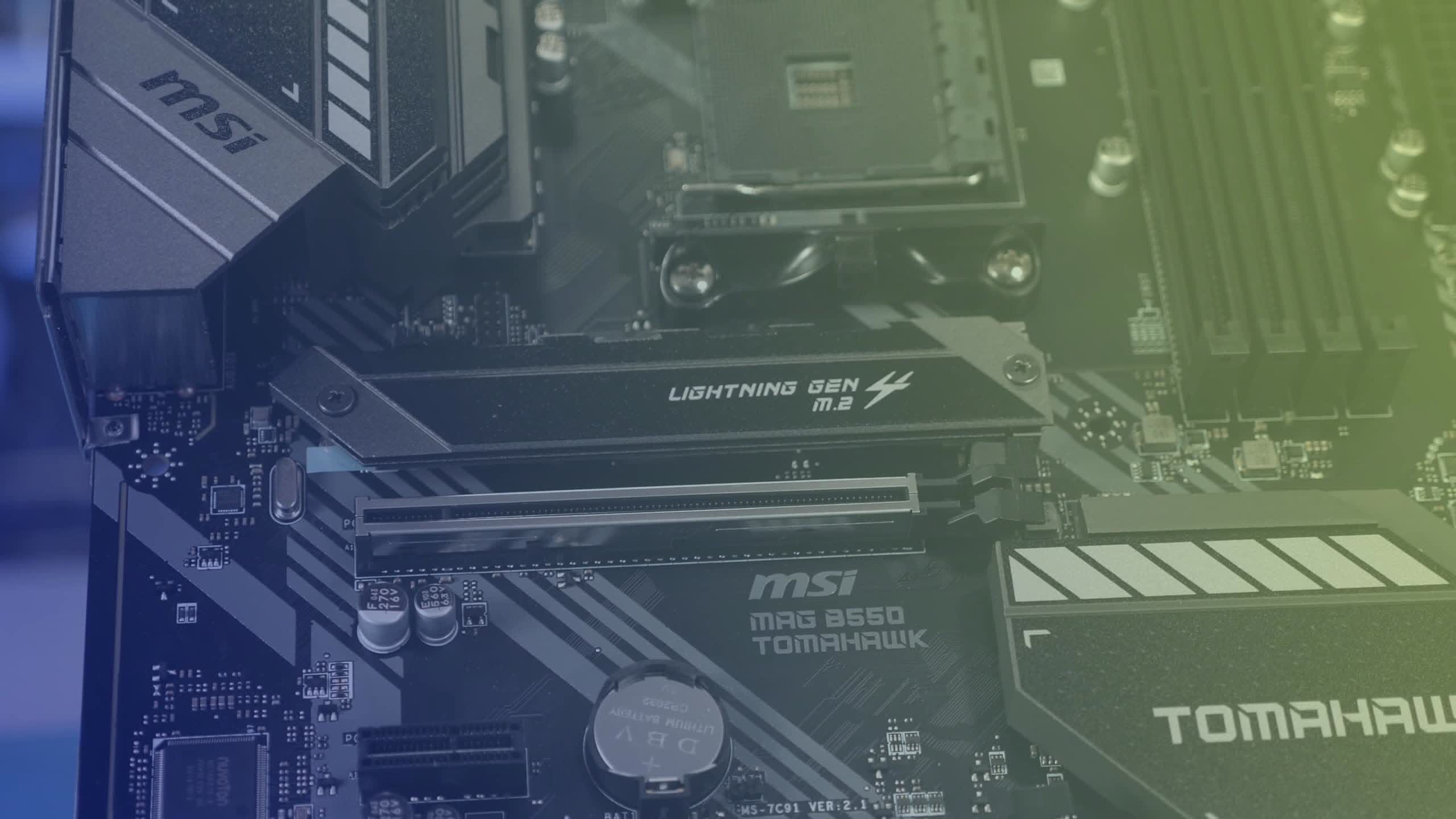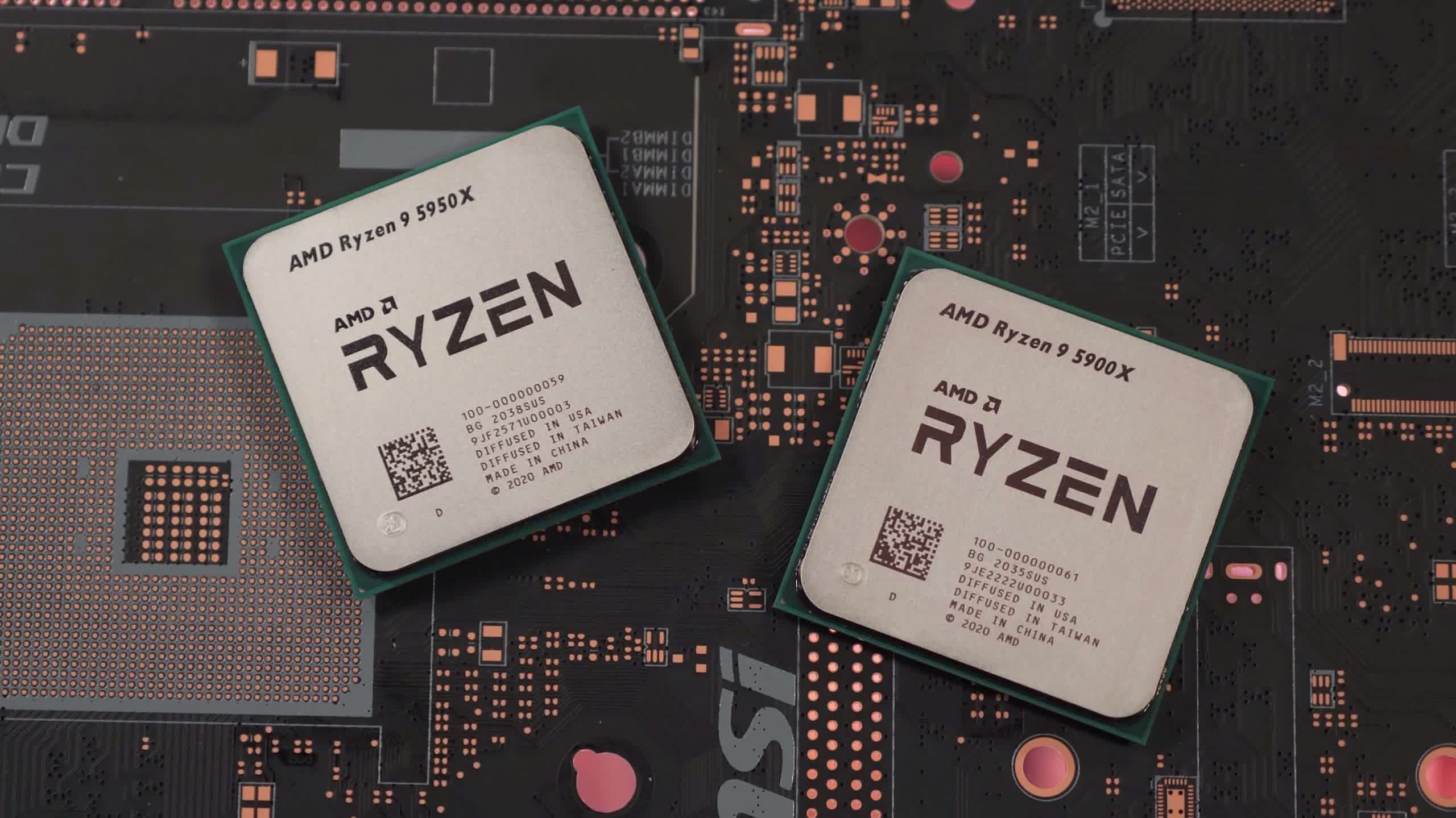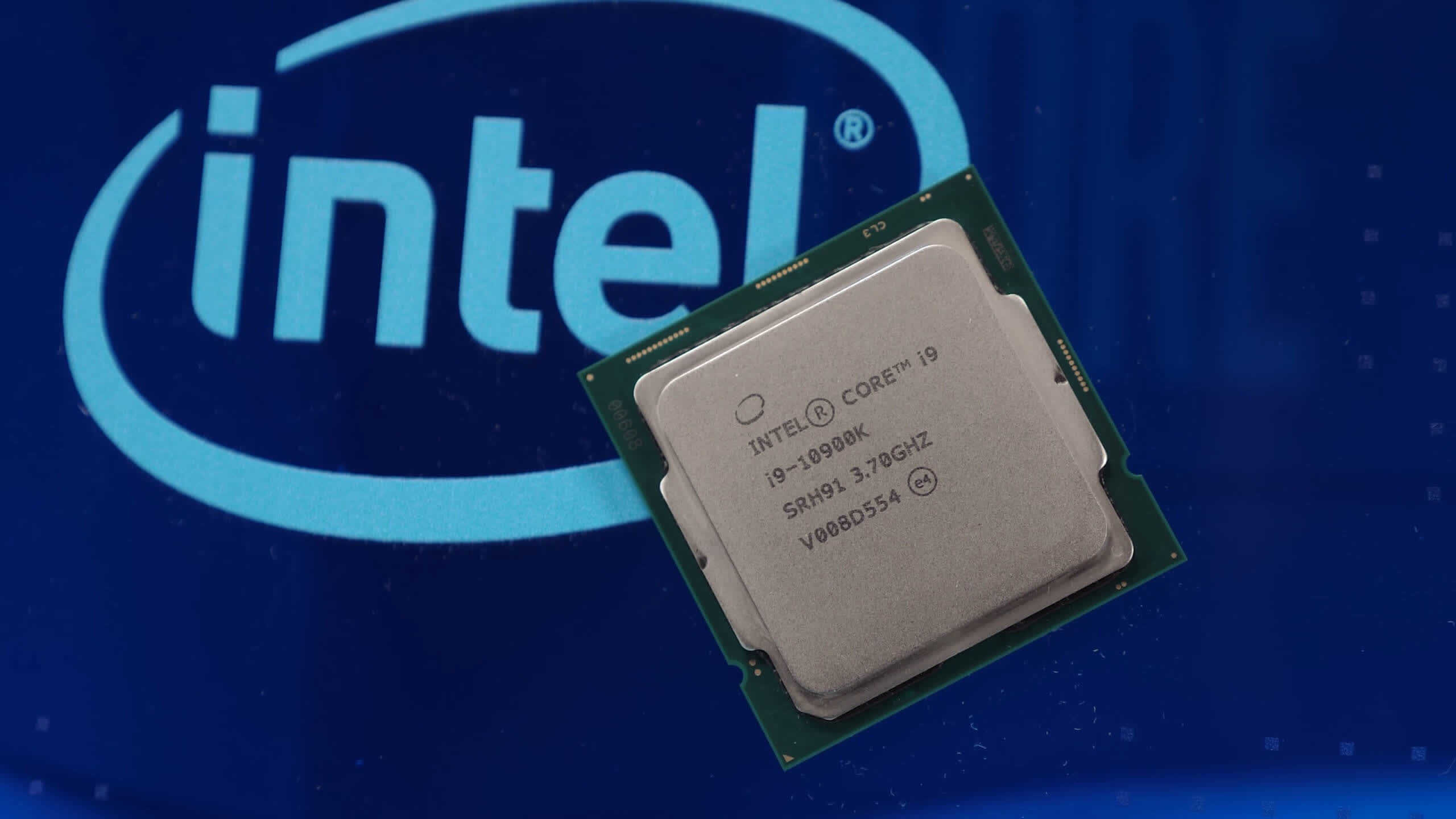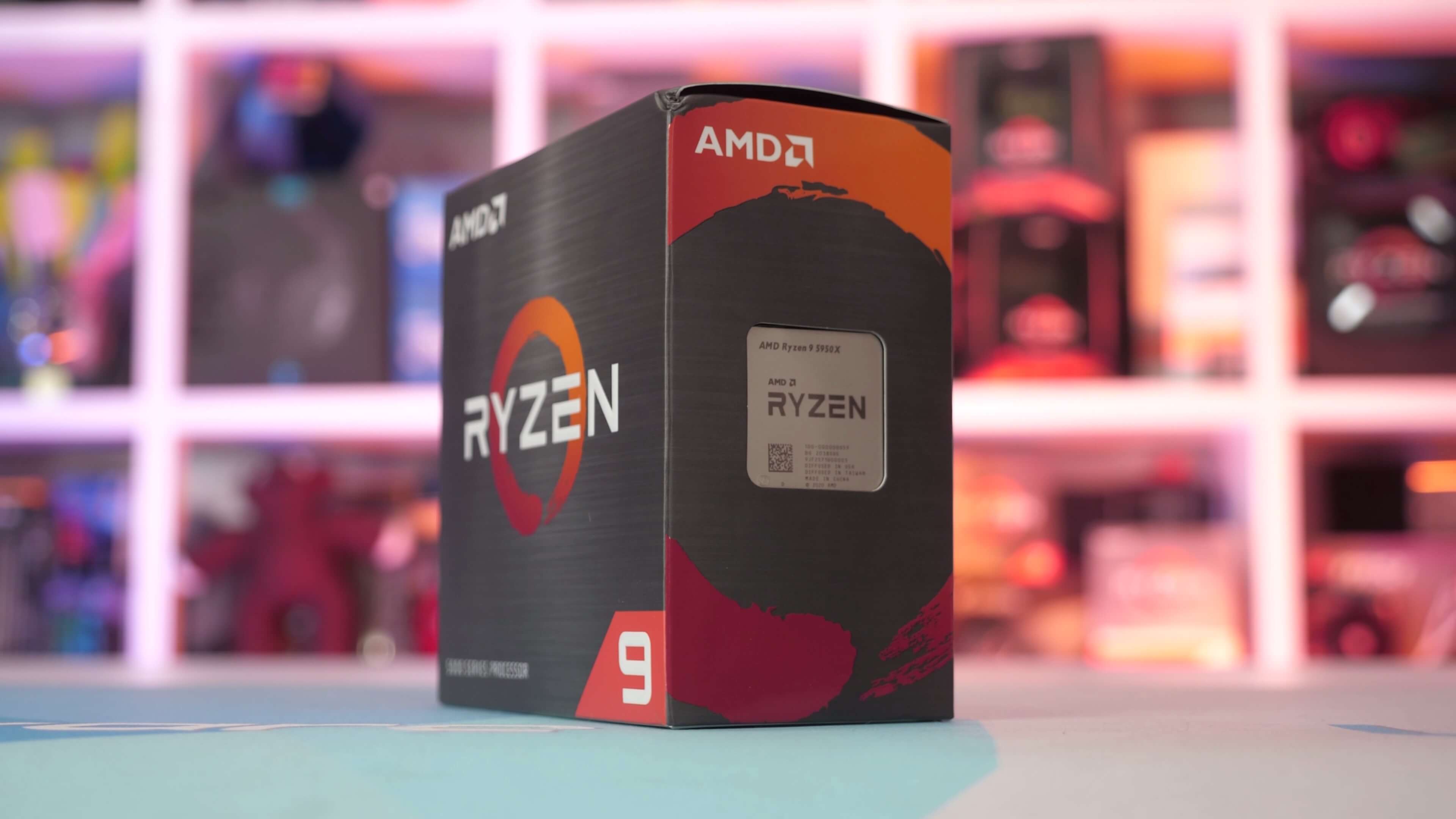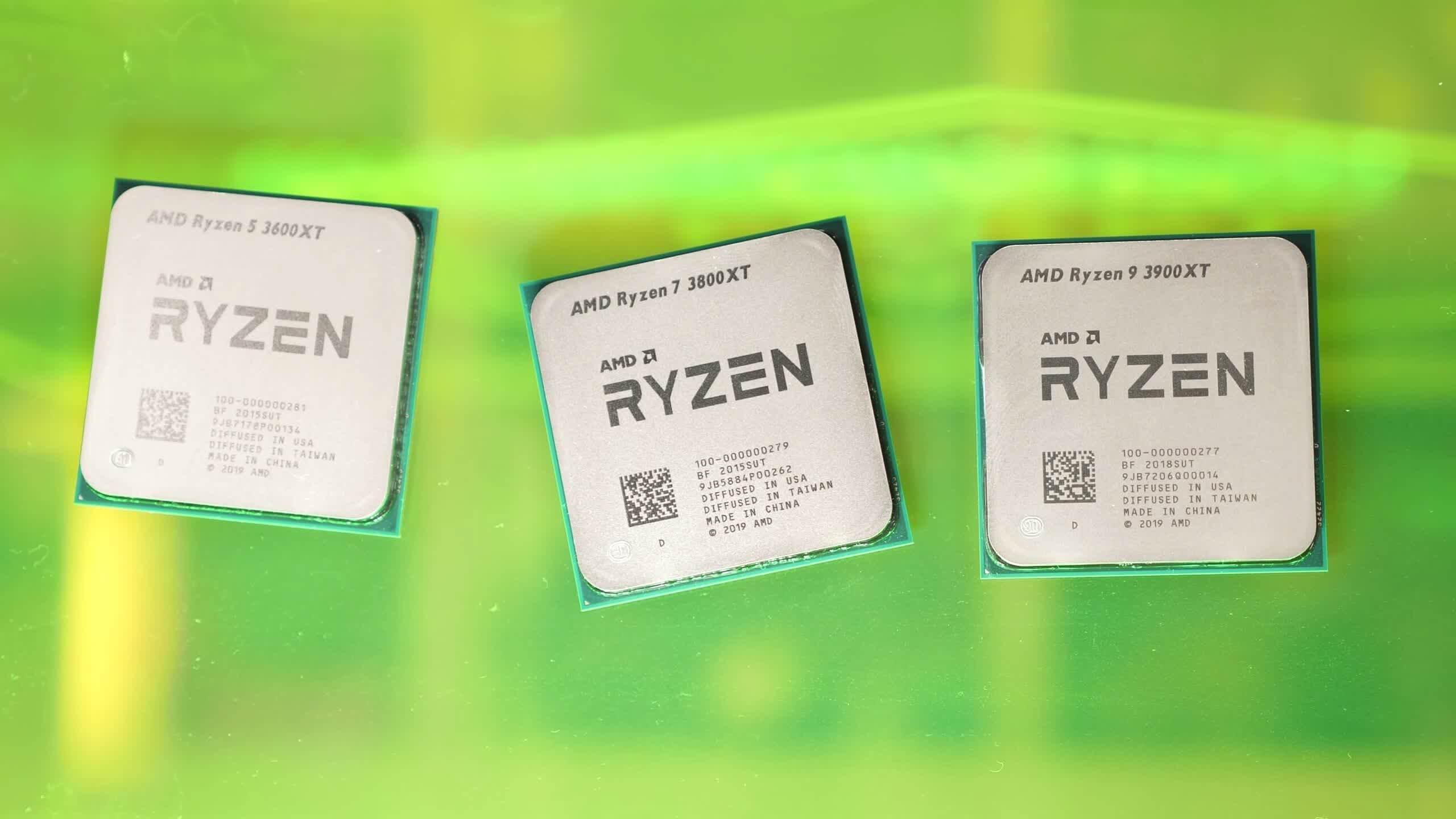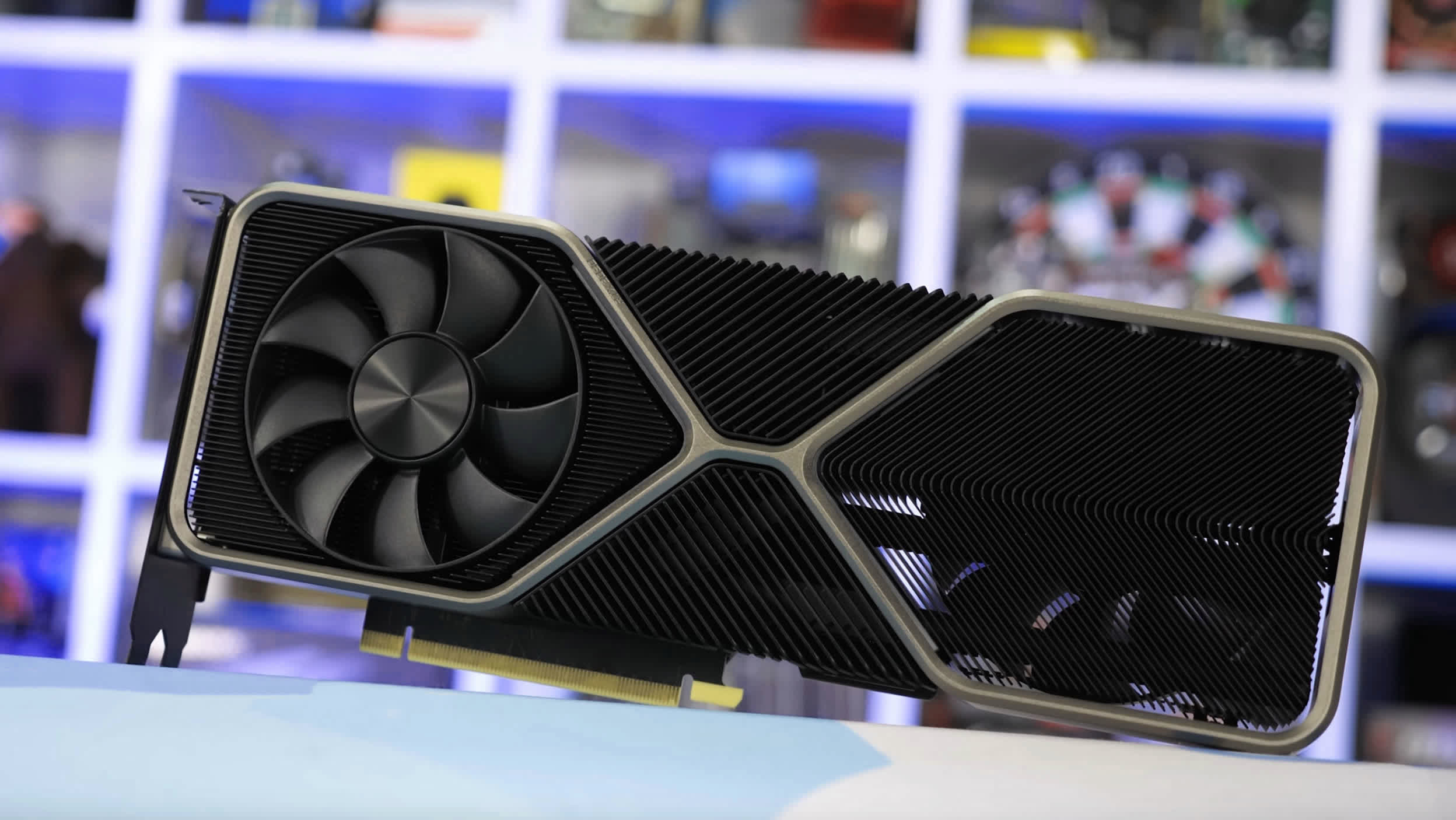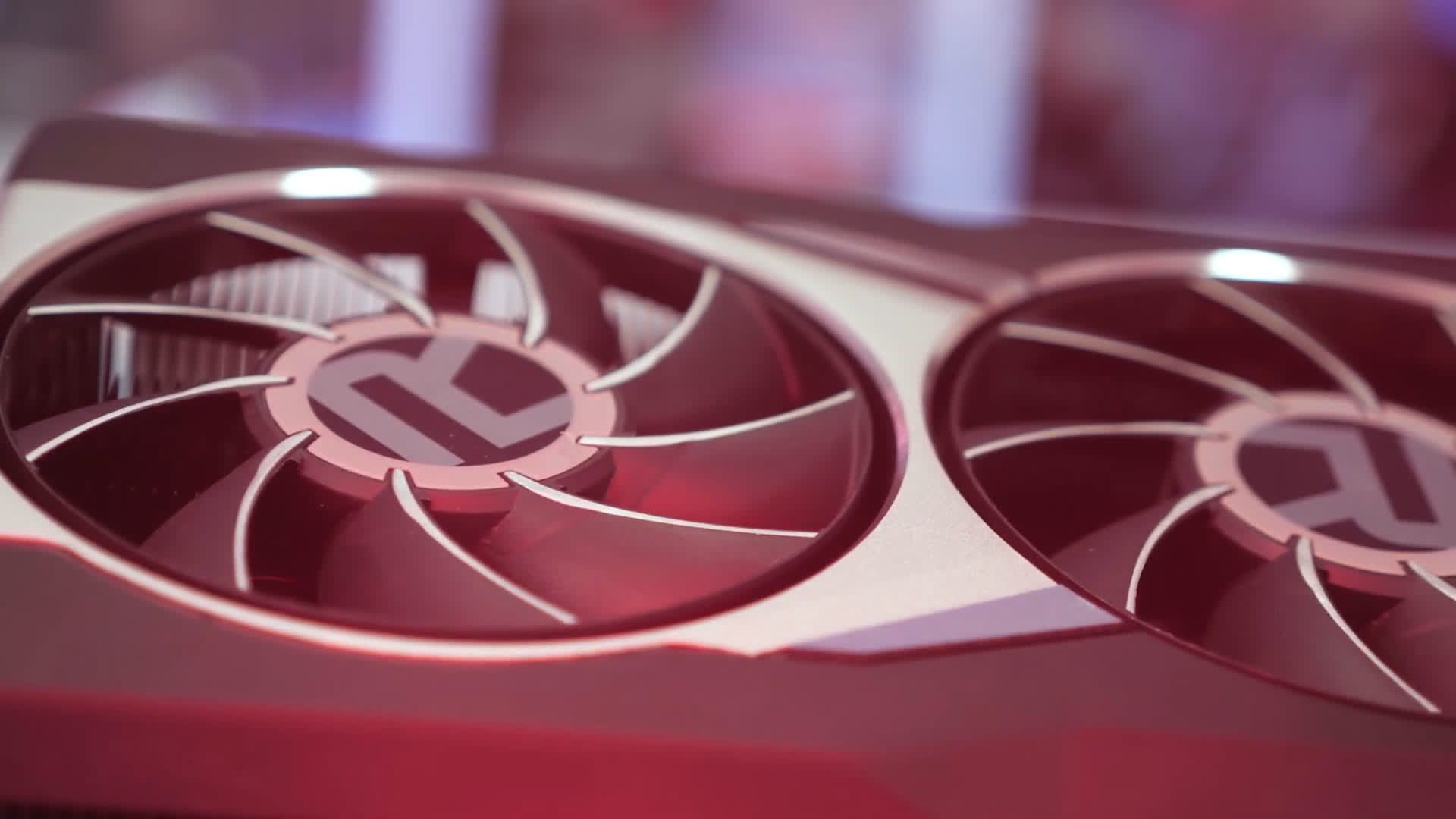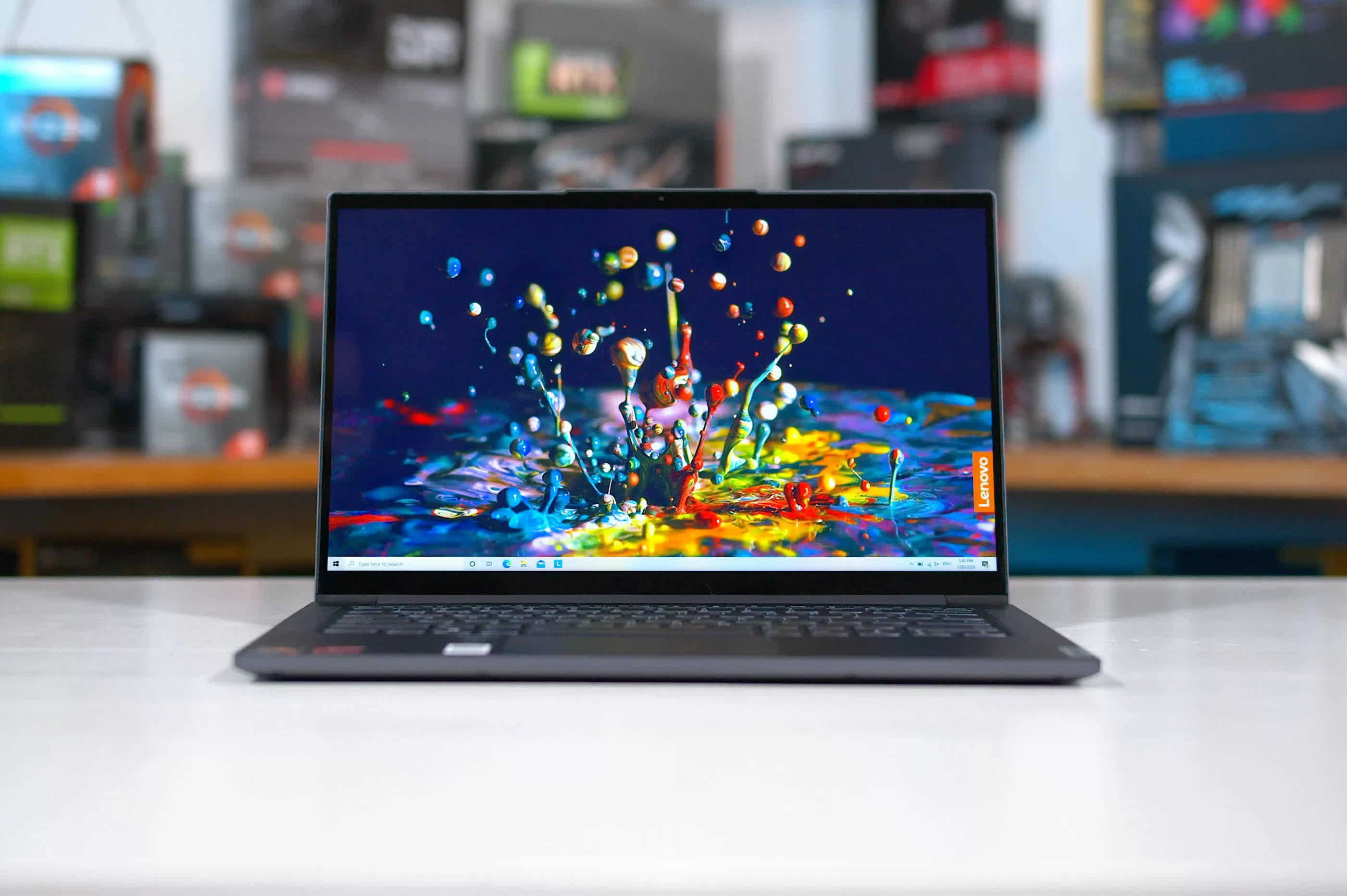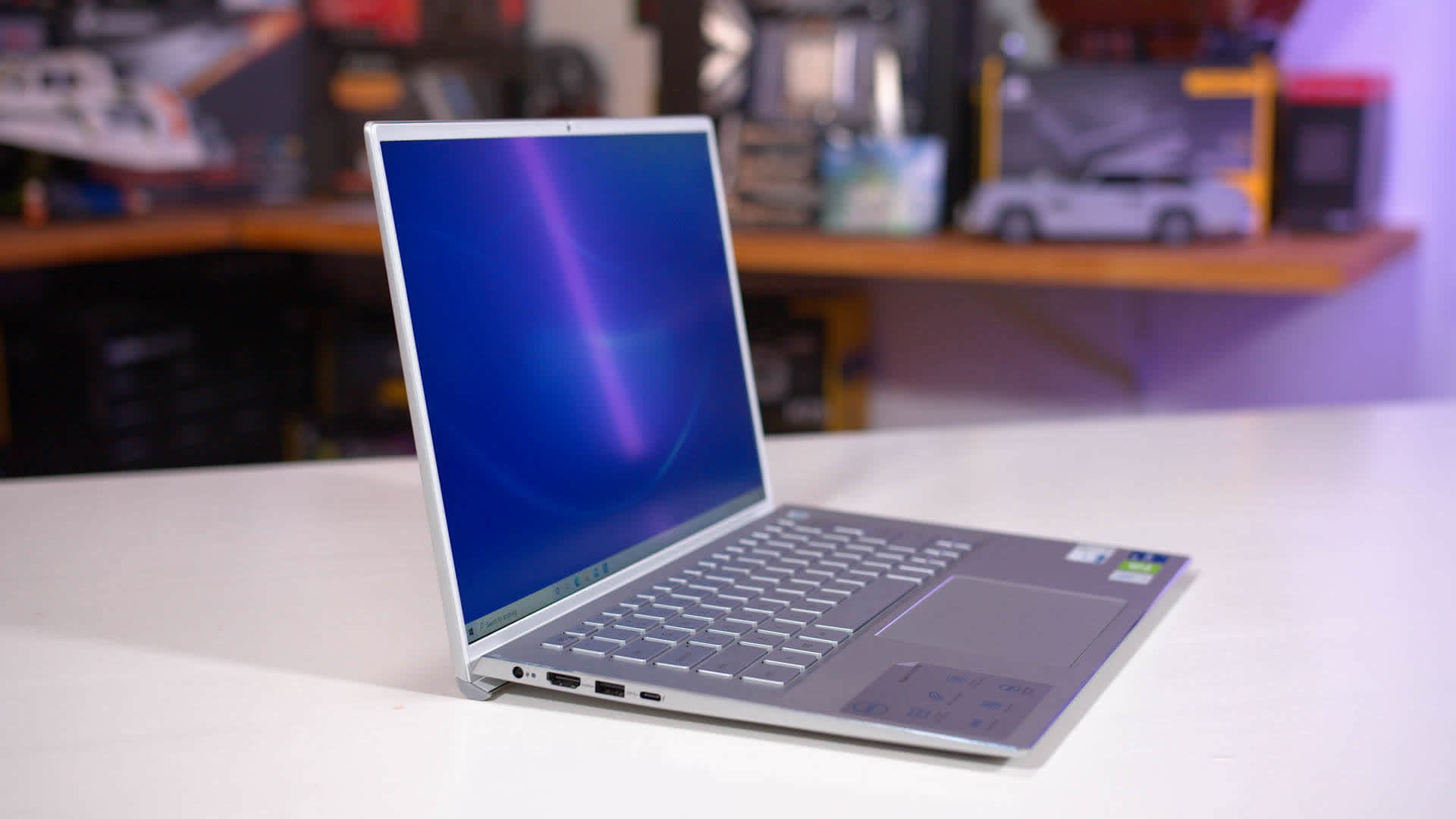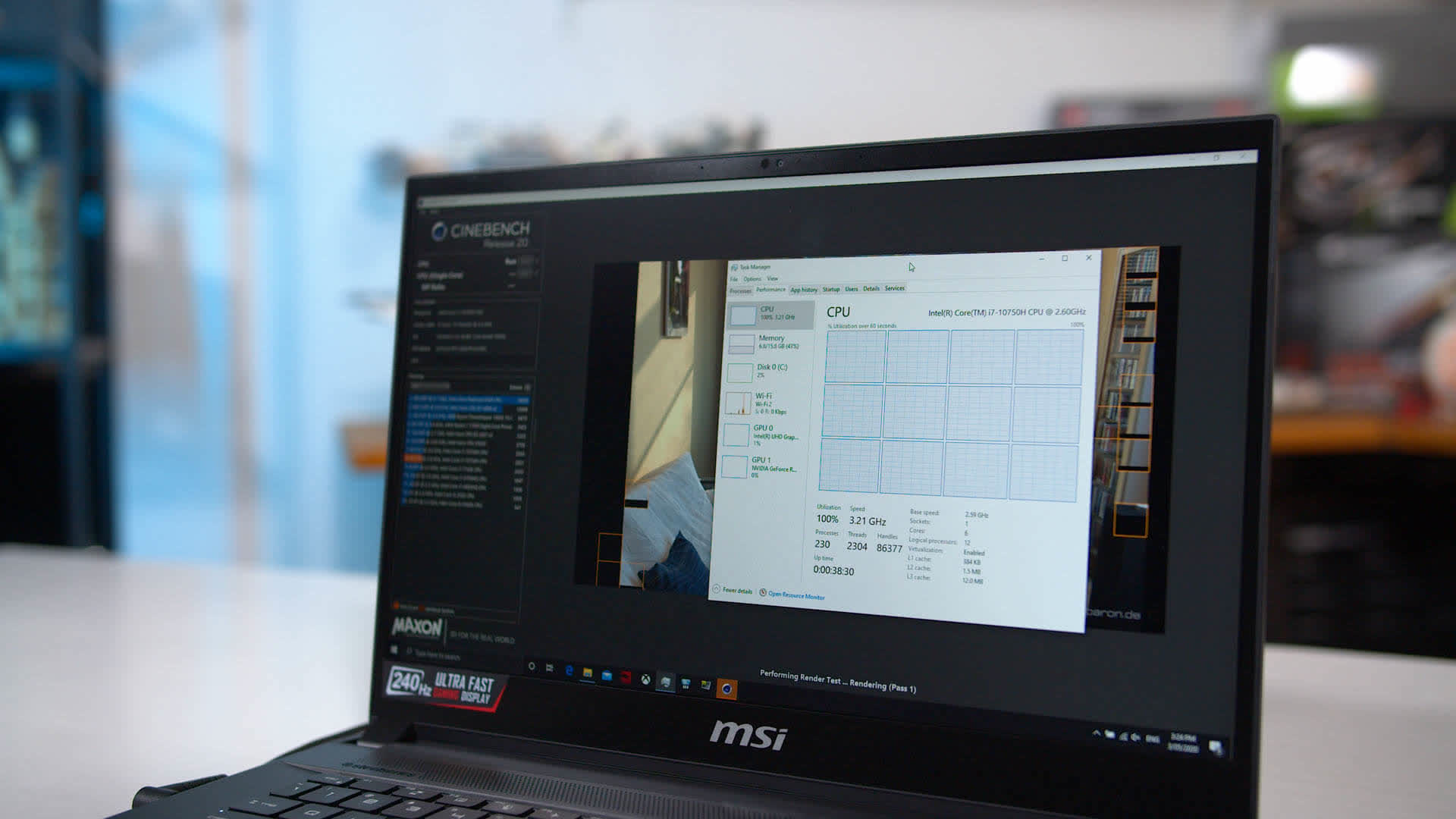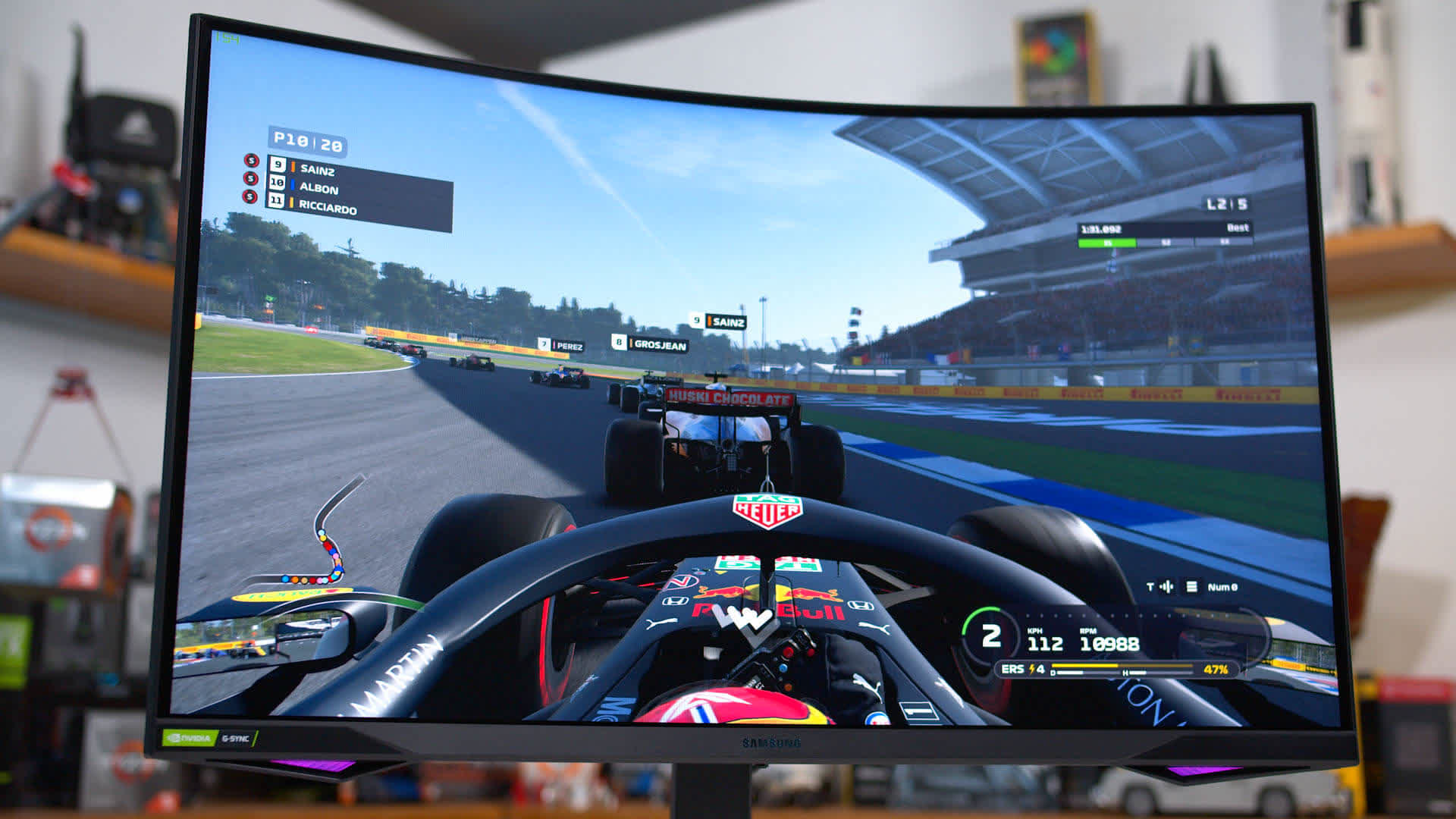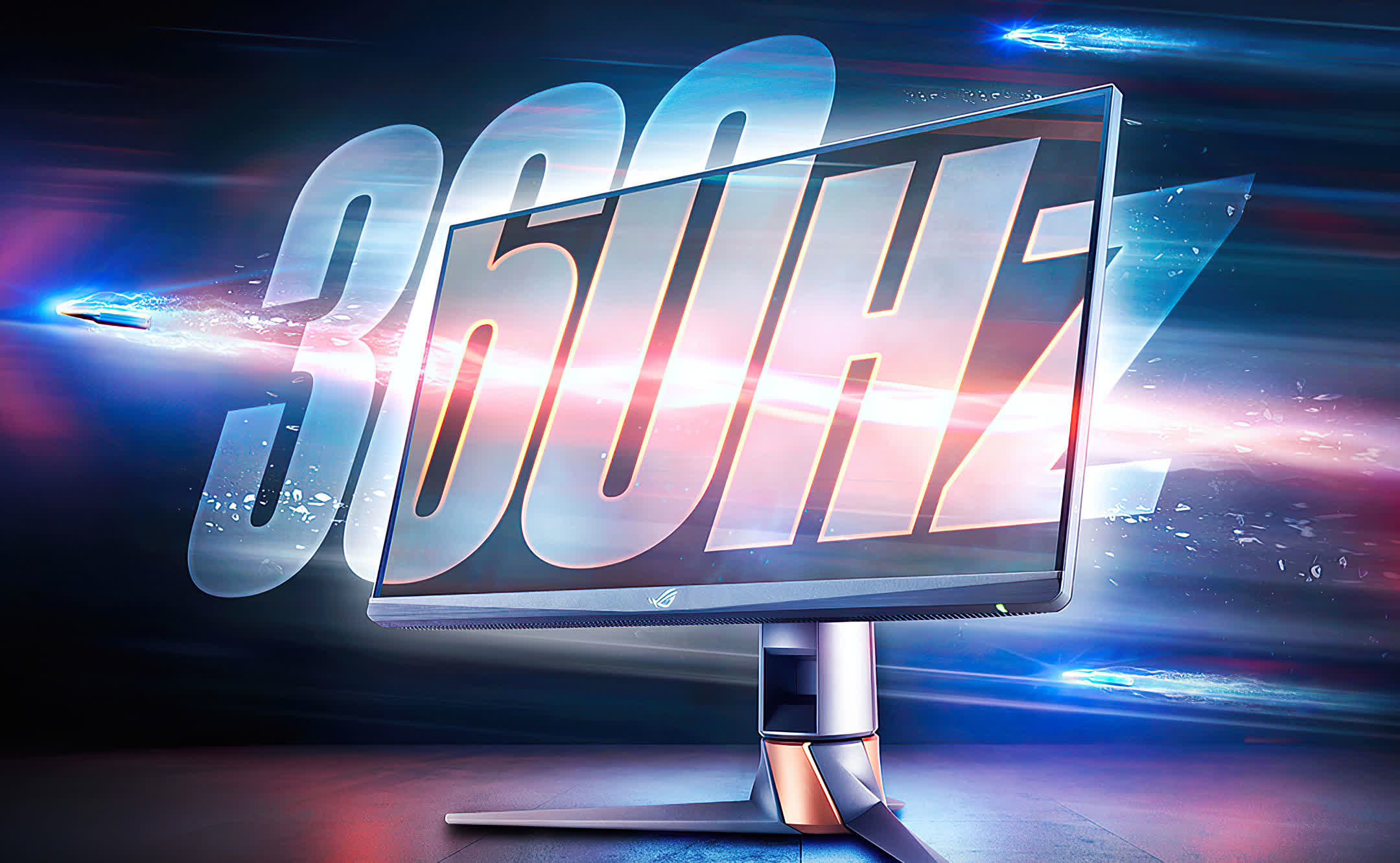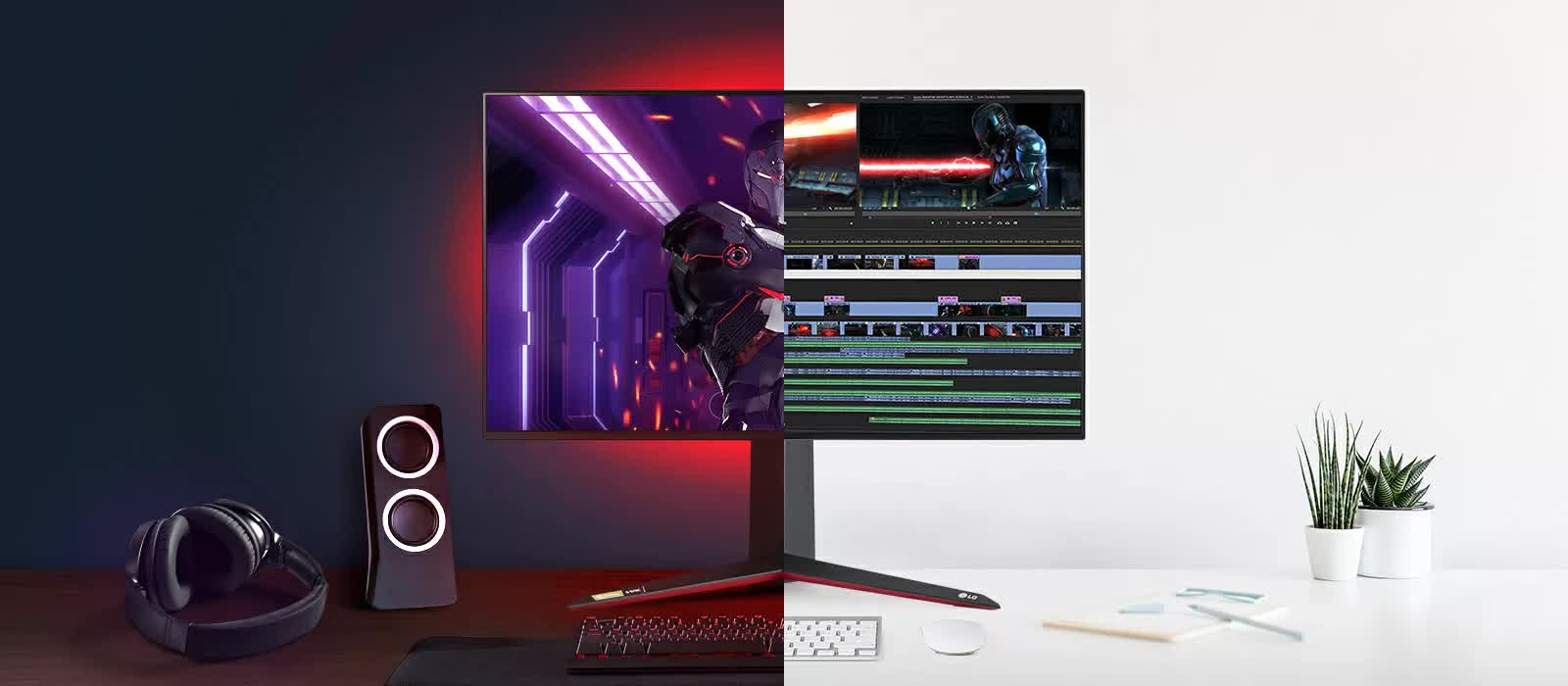Let's do a brief recap of 2020's best and worst PC hardware products. Everything that was going to be released in 2020 is finally out the door and we can reflect on what was an exciting or a disappointing year in various areas. We have 5 categories to work through covering mostly PC hardware components like CPUs, GPUs and motherboards, as well as laptop hardware and monitors. This is simply our take on the best and worst products launched during 2020. Let's get started.
Best and Worst CPU
Best: AMD Ryzen 9 5950X
Worst: AMD Ryzen XT range
In 2020 we saw two major CPU launches from both of the big brands. In April, Intel launched their 10th generation Core series, otherwise known as Comet Lake, which included a massive slew of new parts such as the Core i9-10900K, Core i7-10700K and Core i5-10600K. While Intel did increase the maximum core count on offer from 8 to 10 cores, and slightly increased peak frequencies, this didn't change the conversation too much about where and when you should buy Intel or AMD CPUs.
Later on, in November, AMD launched the Ryzen 5000 series, equipped with their new Zen 3 core design. This architectural update brought a significant increase to IPC, improving single-thread performance in particular, but also giving a handy bump overall. While core counts remained the same, and AMD have yet to release more budget-friendly models, the Ryzen 5000 line-up impressed upon launch.
When looking across these lines, we think AMD delivered the more impressive line-up in 2020. Ryzen 5000 CPUs resolved one of the major weaknesses with AMD's processor design – single-thread performance – which has had flow on effects for gaming. With AMD offering a 16% IPC gain on average for Zen 3 versus Zen 2 in our testing, Ryzen 5000 CPUs can beat Intel's Comet Lake in most productivity tasks with ease, and finally becoming essentially an equal on gaming performance.
When picking the best CPU of 2020, we think it's hard to go past the AMD Ryzen 9 5950X. This is a versatile beast of a processor, offering outstanding multi-thread performance for productivity, combined with high end gaming performance and elite single thread speeds. There's no weakness to a part like the 5950X, it's by far the fastest CPU we have right now in a mainstream consumer platform for productivity, and with AMD able to neutralize Intel's lead in gaming, there's essentially no reason to buy a 10th-gen Intel processor after the launch of Ryzen 5000.
It is rare for a single CPU to provide the best of the best for both gaming and productivity; historically, high core count processors designed for multi-thread performance have failed to provide a class leading experience for gamers. But AMD pulled that off in 2020 with the 5950X and other parts including the Ryzen 9 5900X. Unfortunately, outside a brief period around launch, AMD have struggled to keep these CPUs in stock, which has put a dampener on the excitement and success of the product.
As for the worst CPU of 2020, this is an easy decision: AMD's Ryzen 3000XT line-up as a whole, but in particular the Ryzen 5 3600XT, which was a totally pointless release in July, a year after the initial launch of Zen 2 based processors.
The XT's sole purpose was to provide a slightly better bin of existing Zen 2 silicon. This meant a slightly higher boost clock speed for all three XT parts: 200 MHz on the 3800XT, and just 100 MHz on the 3600XT and 3900XT. This lead to a small 2 to 4% performance improvement in specific scenarios, but in many cases (especially multi-thread workloads) the performance was virtually identical to non-XT parts.
There's nothing wrong with providing new processors that replace old models with slightly better performance, but AMD got this all wrong with pricing. They decided to launch XT parts at an unjustified premium over their discounted predecessors, and often that premium was greater than $50. For the vast majority of buyers looking to upgrade their PC or build a new system, the Ryzen 3000XT series wasn't worth the extra money.
Best and Worst GPU
Best: None you could buy
Worst: Radeon RX 6900 XT
Most of 2020's big graphics card launches were consolidated to the second half of the year, with both AMD and Nvidia launching new generation products that packed new architectures and technologies.
Nvidia rolled out first with the GeForce RTX 3080 and RTX 3090 in September, followed by the RTX 3070 and RTX 3060 Ti weeks later. AMD responded with the Radeon RX 6800 XT and 6800 in November, then the 6900XT in December. Both brands' focus was on high-end products at the top of the market. Oh, and there was one other often forgotten GPU that launched early in the year: AMD's Radeon RX 5600 XT which hit the market in January, a launch we're sure everyone would rather forget about.
It was a tough choice between all of these GPUs for which was the best of 2020. Ultimately we settled on... nothing. That's right, we really don't think any of these graphics cards is worthy of winning a "best of 2020" award given their poor availability. Both Nvidia and AMD botched the launches of these otherwise great new graphics cards, with stock issues for every single model up to this day.
This included the RTX 3080, which saw more than three months of very low availability; the RTX 3070, which was delayed specifically to address availability, but was still quite hard to purchase; and AMD's Radeon GPUs which launched with virtually non-existent stock and highly inflated prices. If Nvidia and AMD are unable to get these GPUs into your hands in a reasonable time frame, with ongoing issues at the start of 2021, we don't think it's right to award a best GPU to any of them. Because, if consumers can't buy your great product, then is it really that great?
Now of course, this has been a complicated year beyond the realm of PC hardware, plus seemingly unprecedented demand. Both GPU makers love to absolve themselves of the blame and point to "high demand" as a reason why you can't buy a next-generation product. This is definitely a contributing factor, but when launch day pre-orders haven't been shipped three months after release, or when the few GPUs that are available are being sold at $200+ over the supposed "MSRP," we don't think that's good enough.
That's a double shame, because some of these products are actually quite great. Depending on your preferences, parts like the RTX 3080, RTX 3070, RX 6800 XT and RX 6800 are all worth buying.
As for the worst GPU of 2020, the standout in this category is AMD's Radeon RX 6900 XT.
While it was fantastic to see AMD competing in the high-end GPU market again, and they should be commended for having hardware that's worth buying above $500 for the first time in a long time, the RX 6900 XT falls in no man's land as a $1,000 flagship and is hard to recommend.
The 6900 XT is stuck as it offers neither particularly great value, nor the outright fastest performance on the market. It does undercut Nvidia's RTX 3090 in cost per frame to a significant extent - it is $500 cheaper and performance competitive after all - but it's still a much worse value product than something like the RX 6800 XT, which is only slightly slower and significantly cheaper. Most shoppers are much more likely to go for the better value 6800 series, than the 6900 XT, if that's the primary consideration.
For people with money to burn and who simply want the best product... well the RX 6900 XT isn't that either. Gaming at 4K, the 6900 XT is slower than the RTX 3090 on average, and roughly even at 1440p. In addition, the RTX 3090 enjoys a larger VRAM buffer (24GB vs 16GB), better ray tracing performance, and a more feature rich platform with access to stuff like DLSS and Nvidia's NVENC encoder. Those that just want the best should go for the RTX 3090, leaving the 6900 XT without a home.
Best and Worst Motherboard
Best: Numerous AMD B550 motherboards
Worst: Asrock Z490 boards
2020 was a big year for GPU and CPUs, but we saw a more modest cycle for motherboard launches. AMD decided against refreshing their high-end motherboard chipset, instead opting to continue using X570 as the flagship with BIOS updates across the board for Ryzen 5000. This was a sensible decision but meant that we had fewer motherboards to test throughout the year.
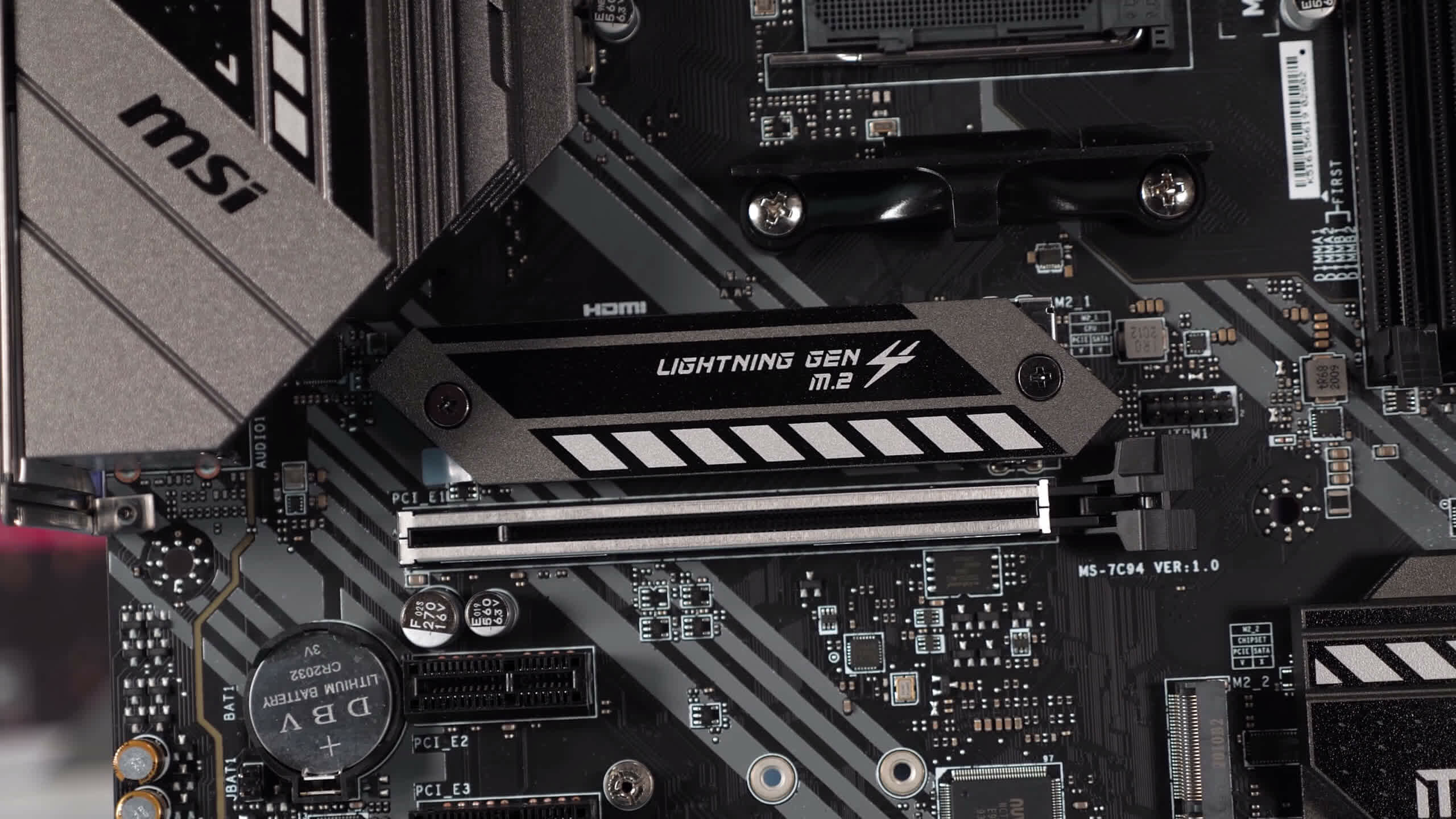
However, we did see several other launches. Intel refreshed their line-up with 400 series chipsets to coincide with the launch of 10th-gen desktop processors, so we got Z490 and B460 boards plus several others. AMD focused mostly on mid-range and entry-level chipsets, finally getting around to releasing B550 as well as A520 for basic builds.
There were lots of high quality motherboard releases this year, but in particular we were very impressed with the range of B550 boards from most brands. There were very few bad products, with most product lines receiving significant updates to VRM quality and overall board design compared to previous-generation B450 boards. This did lead to a price increase that saw B550 occupy a slightly higher market segment than B450 did, though it also allowed B550 boards to be better suited for high-end builds with high-end processors.
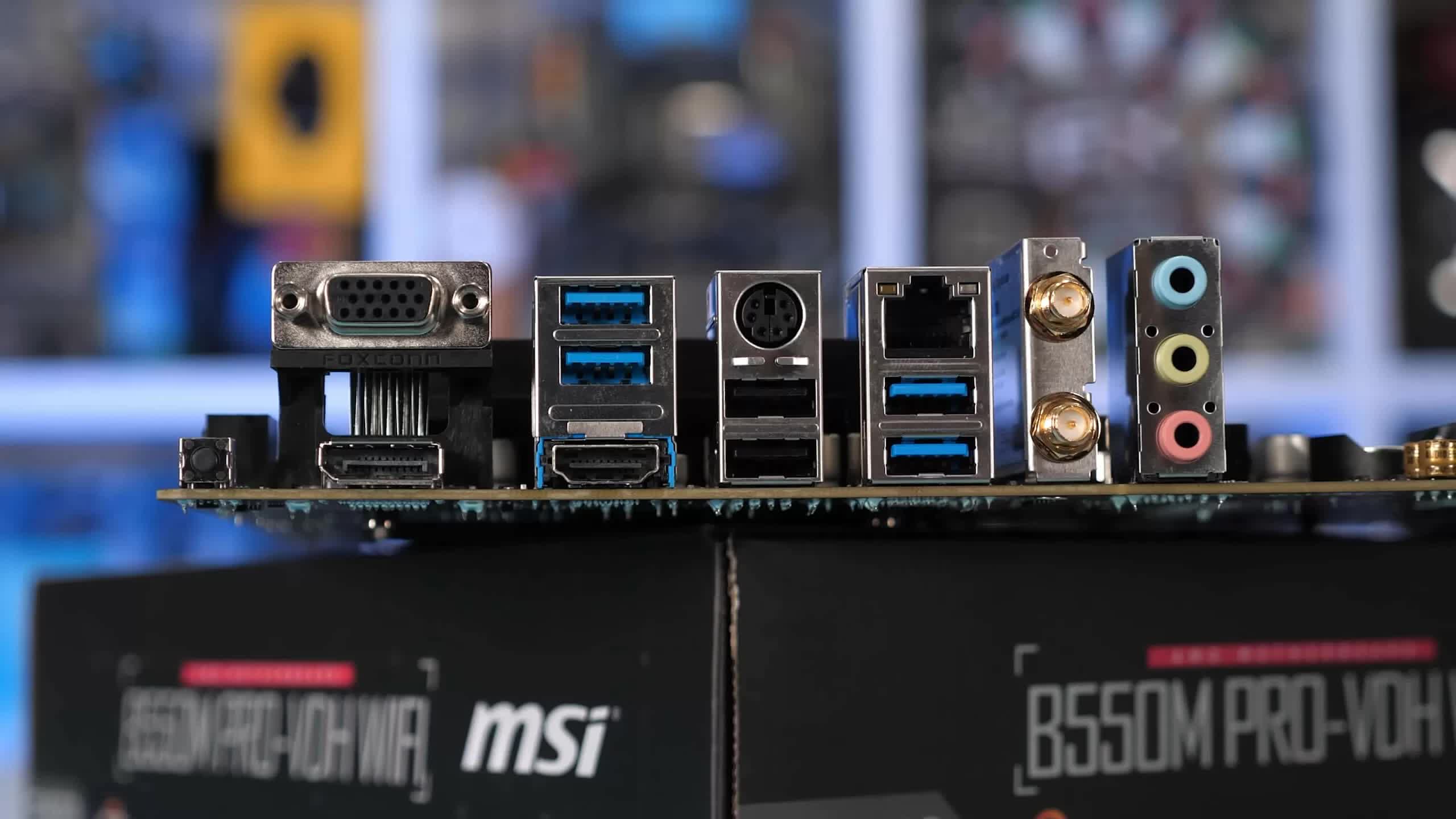
We found it too hard to select a specific motherboard as the best overall, but there were a number of great options worthy of commending. The Gigabyte B550 Aorus Master is a ridiculous B550 board with all the bells and whistles that performs exceptionally well, while products like the MSI B550-A Pro, Gigabyte B550 Aorus Pro and Asus ROG Strix B550-F Gaming are all great options in the budget friendly and mid-range markets.

As for the worst motherboard of 2020, we don't want to single out Z490 because there are plenty of great Z490 motherboards that are absolutely worth buying. However there were several standout bad boards in that series from Asrock that take the crown as the worst motherboards released in 2020.
For example, the Asrock Z490 Phantom Gaming 4 is unable to run the Core i9-10900K at stock frequencies in our Blender stress test. It exhibited VRM thermal throttling and noticeably lower CPU clock speeds than better boards in its price range. But really, all of Asrock's Z490 Phantom Gaming boards run into the same problem, as well as the Asrock Z490 Pro4. Being a Z-series motherboard and unable to run Intel's flagship CPU under stock conditions is totally unacceptable.
Our coverage of Asrock's Z490 motherboards, which also included exposing their misleading marketing which claimed "unmatched overclocking capabilities," led to us being blacklisted by Asrock. This doesn't make the products any worse, but it was still disappointing to see.
Laptop Hardware (CPU)
Best: AMD Ryzen 7 4800U
Worst: Intel Core i7-10750H
Mobile hardware has a great year, particularly on the processor side. At the beginning of 2020, AMD launched Ryzen Mobile 4000 based on the Zen 2 architecture and TSMC 7nm process node, with chips that were good for both gaming laptops and ultraportables. Closer to the end of the year, Intel responded with Tiger Lake U-series for thin and light systems, and overall both parts competed strongly over and across.
As it stood towards the end of the year, there was a little something for everyone in the market. Tiger Lake provides excellent performance for single-threaded and light workloads with its high IPC and far better clock speeds than previous 10nm attempts. Meanwhile AMD slays multi-thread workloads with up to 8 processing cores and excellent choices for workstation oriented laptops in the H-series.
While Intel's Tiger Lake processors like the Core i7-1165G7 are impressive, ultimately in our opinion the best mobile part of 2020 is the AMD Ryzen 7 4800U for a number of reasons. The big one is simply performance, which we described as incredible and able to transform what used to be thin and light laptops only suitable for basic work, into competent high performance workstations with performance equivalent to, or better than Intel's H-series designs for beefier 15-inch machines.
In the last months of 2020, Tiger Lake was able to retake the single-thread CPU and integrated GPU performance crown from AMD, however they were unable to create a processor with this transformative effect on the market. We had never seen a product with the multi-thread performance of the 4800U in these sorts of devices before. We must also commend AMD's efforts because the Ryzen 7 4800U came from nowhere. Before AMD did not have a competitive mobile processor, so providing more than twice the performance of the Ryzen 3000 series was great to see.
As for the worst mobile part of 2020, the product that impressed us the least was Intel's Core i7-10750H. Released after parts such as the Ryzen 7 4800H, the Core i7-10750H not only failed to beat AMD's competitor in overall performance, but it failed to even be significantly faster than its direct predecessors from the two prior generations in the Core i7-9750H and Core i7-8750H.
Intel's struggles with getting 10nm out the door led to this situation where their H-series refresh in the early parts of 2020 had to yet again be a Skylake-derivative design built on 14nm. Up against AMD's 7nm designs, it was thoroughly unimpressive and often used in more expensive laptops to boot. Hopefully Tiger Lake H-series parts will be more impressive and competitive in 2021.
Best and Worst Monitor
Best: Asus ROG Swift PG259QN
Worst: Viotek GFI27QXA
To round out this feature we have the best and worst monitors of 2020. Another solid category overall for 2020, lots of great new releases and technology being pushed up to new levels, including the release of 1080p 360Hz models, high-end 1440p 240Hz monitors using VA and IPS technology, as well as a new generation of 4K 144Hz panels that resolve several early adopter issues. Many of these products are setting us up for great iteration through out 2021 to iron out remaining problems.
We tossed up between two products that we think pushed the monitor market forward in 2020. One is the Samsung Odyssey G7, which showed us that a high refresh rate 1440p experience with a VA panel is possible without issues like dark level smearing. However, we decided not to award this monitor because it had a bunch of flickering issues that accompanied its launch.
Instead, we're giving the award to the Asus ROG Swift PG259QN. Yes, that's right. The best monitor of 2020 is a 1080p display. But this thing seriously impressed us with its combination of the fastest refresh rate we've seen in a consumer gaming monitor, the fastest response times we've tested from an IPS panel, one of the best variable refresh rate experiences you can get, excellent backlight strobing capabilities, and outstanding factory calibration for great color performance. Hitting all of these areas in the one product is very rare so Asus thoroughly deserves this award for their engineering efforts.
And yet, even though the PG259QN is one of the best monitors you can buy, it's not the monitor we recommend to most casual buyers due to its high price tag and lower resolution. Most gamers will be better off with other great monitors like the Odyssey G7 or LG 27GN950 if they're interested in something high-end, or the wealth of great budget options we got this year. But from a technical perspective, the PG259QN feels like a true next generation product.
On the opposite end of the spectrum is Viotek's GFI27QXA, which is the worst monitor we reviewed in 2020. This is supposed to be a high-end 4K 144Hz monitor, but it brings with it a multitude of issues. For example, there's a weird problem where with overdrive enabled, only half of the monitor seems to have the correct overdrive setting applied. On top of that, it doesn't have the same great response time or color experience as the LG 27GN950, or the same DSC capabilities, and it's almost the same price. At over $600 it was one of the worst products we reviewed last year.
